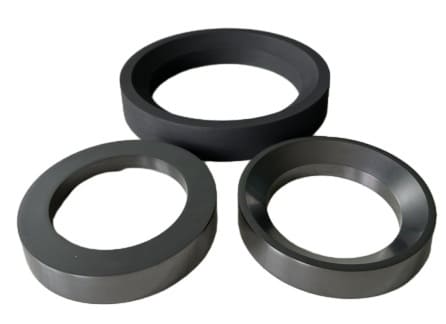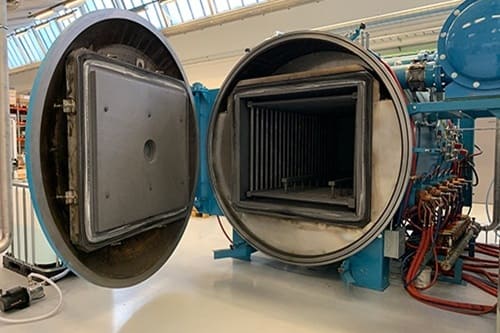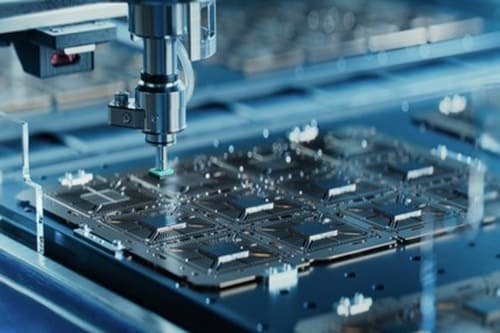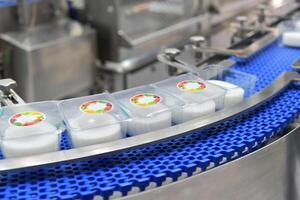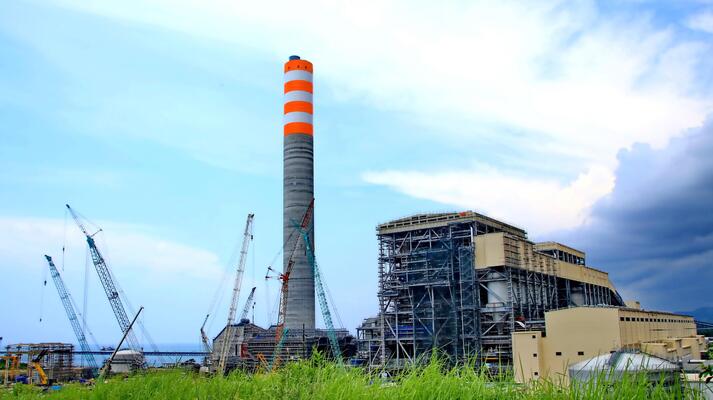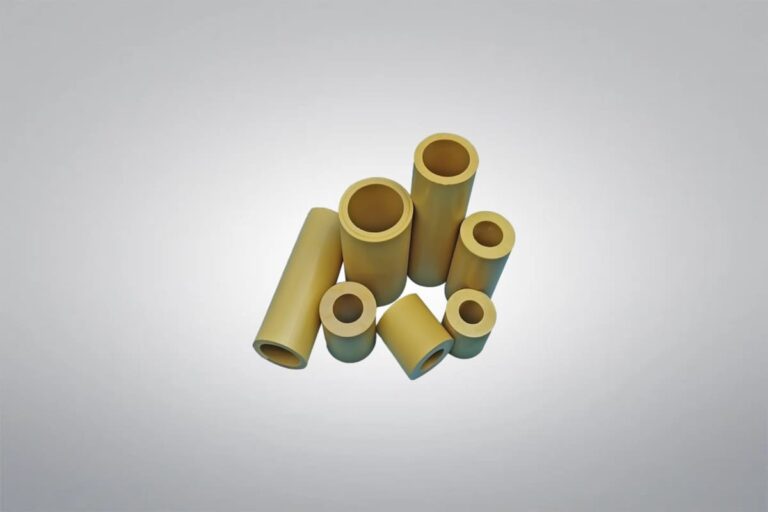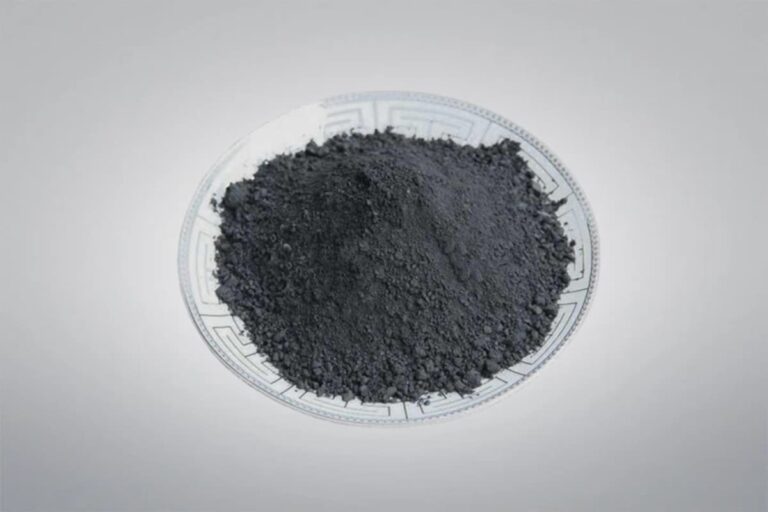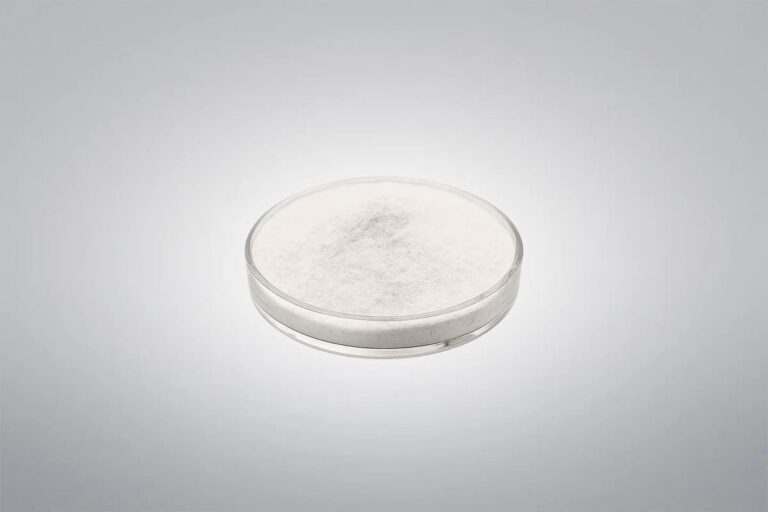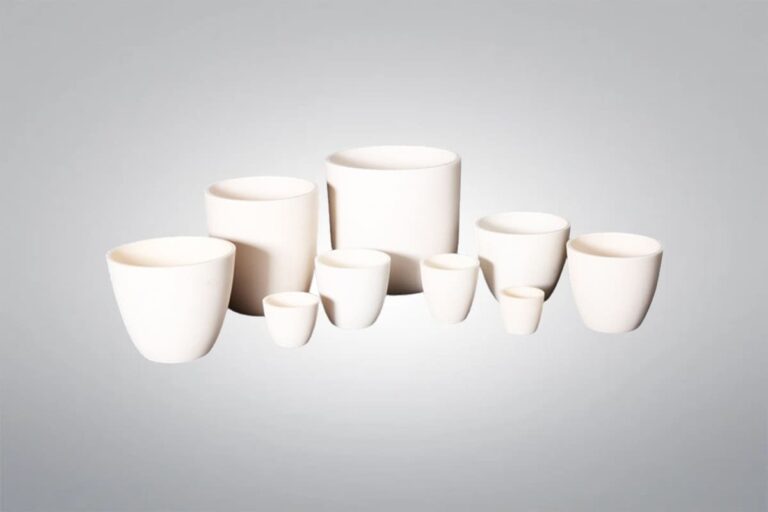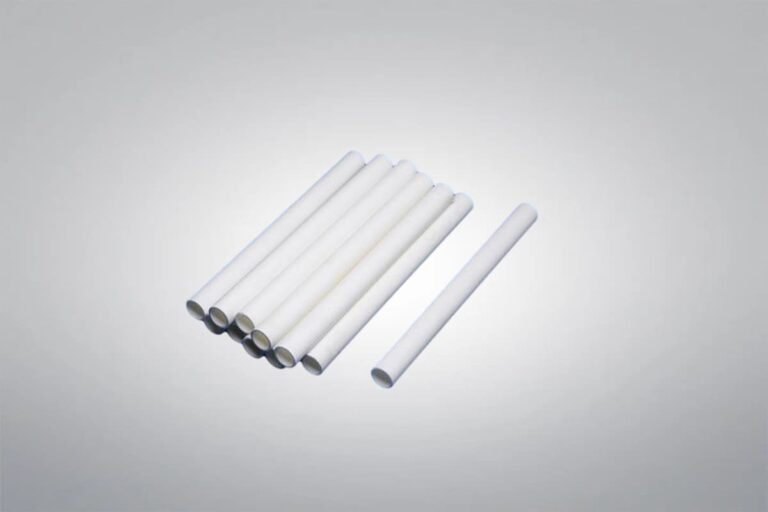Graphite Ring
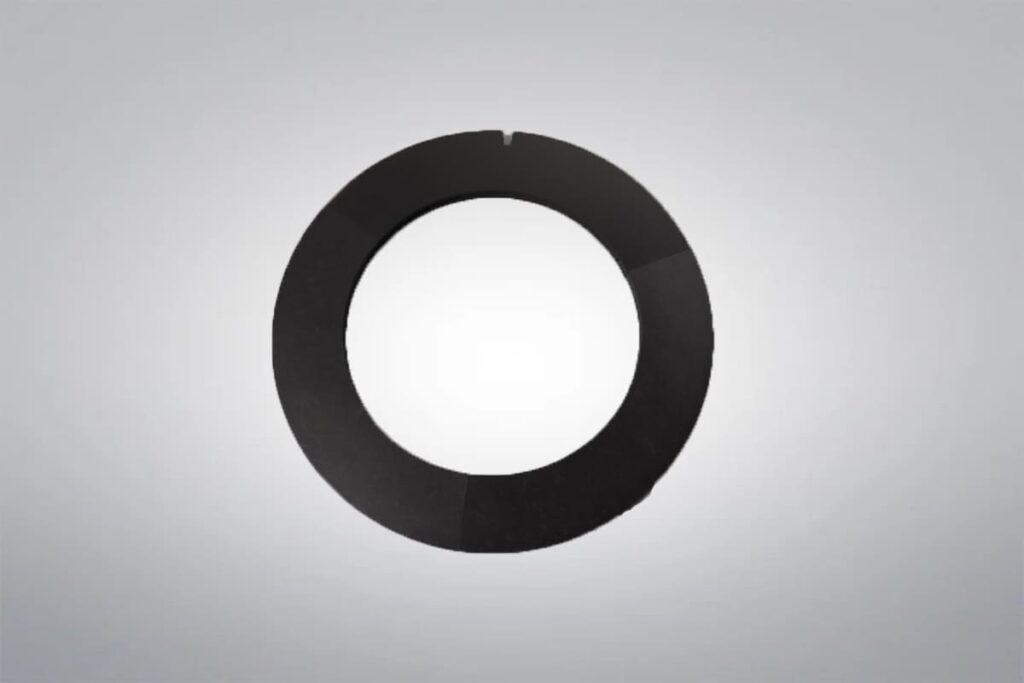
Graphite Ring
Purity: ≥99%
Graphite Ring is made by compressing flexible graphite tape or braided packing into ring shapes, offering high-temperature resistance, self-lubrication, wear resistance, and corrosion resistance. It is widely used in glass molds, metallurgy, and high-temperature industries, as well as sealing applications involving acids, alkalis, and organic solvents. Graphite rings also perform reliably in high-pressure valves, plunger pumps, and mixers in industries like food processing, pharmaceuticals, papermaking, and chemical fiber production. Custom sizes and specifications are available to meet specific application needs. We can supply high-quality graphite ring with various specifications and competitive prices, offering customized solutions to meet specific requirements.
Or email us at sales@heegermaterials.com.Graphite Ring Data Sheet
| Reference Code: | HM2593 |
| Purity: | ≥99.9% |
| Color: | Dark Gray to Black |
| Chemical Formula: | C |
| Material Grades: | Natural Graphite, Synthetic Graphite, Specialty Graphite, Composite Graphite |
| Density: | 1.7–1.92 g/cm³ |
| Maximum Operating Temperature: | Up to 3000°C (in inert atmosphere) |
| Thermal Conductivity: | 100–200 W/m·K |
Graphite Ring Description
Graphite Ring is a high-performance sealing material crafted from flexible graphite, known for its exceptional resistance to high temperatures and corrosive environments. Its self-lubricating nature reduces wear, making it ideal for demanding applications in industries such as metallurgy, chemical processing, and high-pressure systems. These rings are widely used in pumps, valves, and reactors, where they ensure a tight seal in the presence of hot gases, steam, and aggressive chemicals. With their low thermal expansion, good conductivity, and ability to maintain integrity under extreme conditions, graphite rings provide reliable, long-lasting sealing solutions. They can be customized in size and shape to meet the specific needs of different industrial processes.
Graphite Ring Specifications
| Category | Details |
|---|---|
| Material | Carbon Content: 98% (Industrial Grade) ~ 99.85% (Nuclear Grade) Density: Various densities up to 1.8 g/cm³ |
| Operating Parameter | In almost all media and air environments: Resistant to -200°C ~ 550°C. In a steam environment: Resistant to -200°C ~ 700°C In inert gas environment: Resistant to -200°C ~ 2500°C Resistant to fluids with a pH range of 0 – 14 (except strong oxidizers like nitric or sulfuric acid) Pressure: 100 MPa |
| Dimensions | Outer Diameter (OD): 2 – 1100 mm It can also be fabricated into angled endless rings, cut straight or at a 45° diagonal, or split into two halves. Special sizes can be customized according to order requirements or specific drawings. |
Graphite Ring Features
- High Temperature Resistance: Maintains structural integrity and functionality even at elevated temperatures, making it ideal for high-temperature applications.
- Self-Lubricating: Reduces friction and wear, ensuring longer service life and reliability in rotating and moving parts.
- Chemical Corrosion Resistance: Offers excellent resistance to a wide range of chemicals, including acids, alkalis, and organic solvents, making it suitable for aggressive environments.
- Low Thermal Expansion: The material exhibits minimal thermal expansion, providing stable performance under varying temperature conditions.
- Customizable Sizes: Graphite rings can be tailored to specific dimensions and applications, offering flexibility for a wide range of sealing needs across different industries.
Graphite Ring Applications
- High-Temperature Sealing: Used in high-temperature environments like glass molding, metallurgy, and furnace applications for sealing and maintaining system integrity.
- Chemical Processing: Ideal for sealing in industries dealing with acids, alkalis, and organic solvents, such as chemical manufacturing and pharmaceuticals, without contaminating the process.
- Mechanical Sealing: Applied in pumps, compressors, and valves, especially in high-pressure or extreme operating conditions, to ensure reliable and efficient sealing.
- Food and Pharmaceutical Industries: Provides leak-proof and contamination-free sealing in sensitive applications like food processing, pharmaceuticals, and cosmetics.
- Energy and Power Generation: Utilized in energy plants and power generation systems, particularly for sealing equipment exposed to high temperatures, pressure, and corrosive substances.
Graphite Material Properties
Graphite Material Grades
Natural graphite is classified into three primary types: amorphous graphite, flake graphite, and vein (lump) graphite. Each type has distinct characteristics and suits different industrial needs.
| Graphite Type | Introduction | Key Properties |
|---|---|---|
| Amorphous Graphite | Microcrystalline graphite from metamorphosed coal seams; dull appearance and soft texture. | – Carbon content: 60–85% – Fine particle size – Good thermal conductivity – Moderate electrical conductivity – Good lubricating properties |
| Flake Graphite | Layered graphite formed in metamorphic rocks; shiny with metallic luster. | – Carbon content: 85–99% – Excellent thermal conductivity – High electrical conductivity – Strong lubricity – Stable in chemical environments |
| Vein (Lump) Graphite | Hydrothermally formed graphite with the highest purity and conductivity. | – Carbon content: 90–99% – Exceptional thermal conductivity – Very high electrical conductivity – Superior oxidation resistance – Excellent chemical stability |
Synthetic graphite is produced through the high-temperature treatment of carbonaceous materials. It offers more controlled properties compared to natural graphite, such as higher purity, better uniformity, and specific performance advantages for different industrial applications. Common types include biographite, die-molded graphite, extruded graphite, isostatic graphite, and vibration-molded graphite.
| Graphite Type | Introduction | Key Properties |
|---|---|---|
| Biographite | Derived from biological materials through carbonization. | – Carbon content: 80–95% – Moderate thermal and electrical conductivity – Porous structure, good for filtration – Resistant to acids and bases |
| Die-Molded Graphite | Compacted carbon powders molded and graphitized. | – High density and strength – Excellent electrical conductivity – Chemically inert – Highly machinable |
| Extruded Graphite | Extruded carbon material with directional grain structure. | – High carbon content >99% – Good conductivity – Anisotropic properties – Moderate wear resistance |
| Isostatic Graphite | Produced by isostatic pressing for uniform properties. | – Ultra-high purity >99.99% – Isotropic strength – Excellent thermal and electrical conductivity – Fine grain structure |
| Vibration-Molded Graphite | Graphite formed by vibration compaction. | – High carbon content >99% – Good electrical conductivity – Durable with high compressive strength – Machinable into large parts |
Specialty graphite encompasses a wide range of engineered graphite materials designed to meet the demanding requirements of various industries. Each grade is uniquely processed or modified to enhance specific properties such as thermal conductivity, chemical resistance, structural strength, or electrical performance. These materials are critical across fields like energy storage, electrical discharge machining, nuclear technology, and high-temperature processing. Whether achieved through purification, impregnation, or advanced deposition techniques, specialty graphite grades offer targeted solutions where ordinary graphite would not suffice.
| Grade | Key Properties | Applications |
|---|---|---|
| Battery-Grade Graphite | High purity (>99.95%), electrochemical stability, low surface area, spherical/flake particles (5–20 μm) | Lithium-ion batteries, energy storage systems |
| EDM Graphite | Fine grain (2–10 μm), high electrical conductivity, lightweight, erosion resistance, thermal conductivity | Electrical discharge machining (EDM) |
| Flexible Graphite | Highly flexible, thermal conductivity (150–300 W/m·K), chemical resistance, compressibility, wide temp range | Gaskets, seals, EMI shielding, thermal management |
| Metal-Impregnated Graphite | Enhanced thermal and electrical conductivity, corrosion resistance, mechanical strength, wear resistance | Bearings, seals, chemical processing equipment |
| Nuclear-Grade Graphite | High density (>1.70 g/cm³), low neutron absorption, thermal stability, radiation resistance, low porosity | Nuclear reactors (moderators, reflectors, shielding) |
| Pyrolytic Graphite | Highly anisotropic, in-plane conductivity, EMI shielding, chemical resistance, high density (≈2.20 g/cm³) | Electronics, aerospace, medical devices |
| Refractory Graphite | Abrasion and thermal shock resistance, chemical stability, oxidation resistance (coated), low thermal expansion | Metallurgy, ceramic industry, chemical reactors |
| Resin-Impregnated Graphite | Chemical resistance, improved strength, reduced porosity, oxidation resistance, lower conductivity | Pumps, mechanical seals, chemical handling equipment |
Graphite composites combine graphite with other materials like carbon, fibers, resins, or metals to enhance and balance their properties for specific high-performance applications. These composites retain graphite’s natural benefits such as lubricity, conductivity, and thermal stability while improving strength, wear resistance, or structural rigidity. Widely used across industries like aerospace, metallurgy, electronics, and chemical processing, graphite composites offer excellent solutions for demanding environments where traditional materials may fail.
| Property | Carbon-Graphite | Graphite-Fiber Composites |
|---|---|---|
| Wear Resistance | High, effective in high-friction applications | Good, with strong fatigue and impact resistance |
| Strength | High strength and rigidity | Exceptional tensile strength and high stiffness |
| Density | Lightweight due to low density | Very low density for critical weight reduction |
| Thermal Stability | Operates up to 3000°C in inert environments | Maintains integrity at high temperatures |
| Thermal Conductivity | Moderate to high, depending on constituents | High, enabling excellent heat dissipation |
| Electrical Conductivity | Good, suitable for EDM and electrodes | Moderate, useful for EMI shielding |
| Chemical Resistance | Resistant to acids, alkalis, and organic solvents | Inert to most chemicals, moisture, and UV |
| Friction Properties | Self-lubricating, low friction even at extreme temperatures | High fatigue resistance, low thermal expansion |
| Oxidation Resistance | Limited, but can be enhanced with coatings | Stable in non-oxidizing environments |
| Applications | Metallurgy, EDM electrodes, high-temperature parts | Aerospace, structural composites, electronics |
Graphite Ceramic Machining
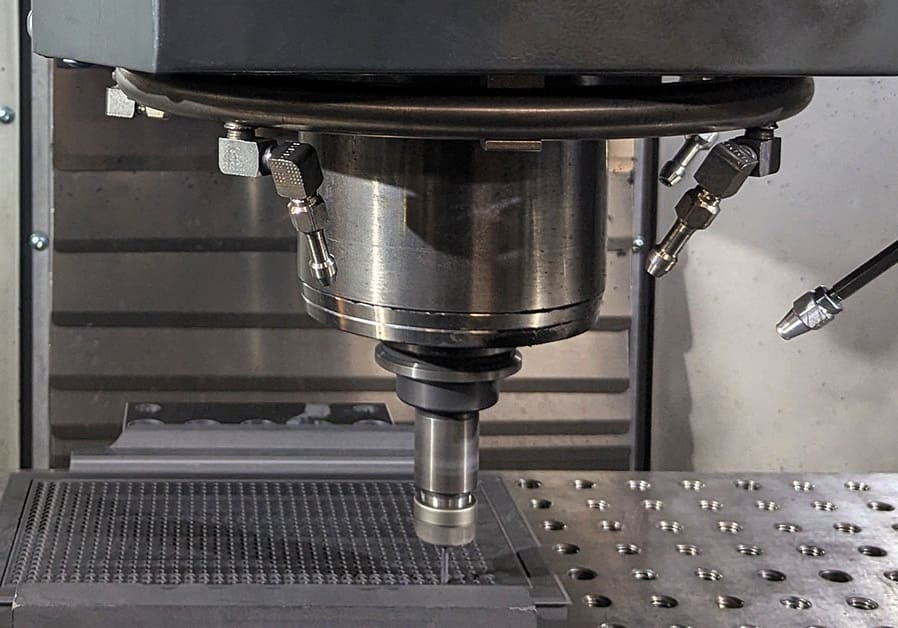
Graphite is a synthetic ceramic material made from crystalline carbon, offering exceptional thermal conductivity, high thermal resistance, low porosity, and stability at extreme temperatures. These properties make it essential for high-heat applications like casting, metallurgy, and electronics. However, machining graphite requires specialized techniques due to its unique characteristics: it is brittle and can produce fine particles and fissures during processing. Graphite does not deform under cutting forces like metals, demanding precise handling to maintain dimensional accuracy and surface integrity. Common machining methods include:
- CNC Machining: Computer-controlled drilling, milling, and grinding are widely used for creating complex graphite parts with tight tolerances.
- Diamond Grinding: Diamond tools are applied to achieve smooth finishes and precise shapes while minimizing particle generation.
- Sawing: Specialized saws are used for cutting graphite blocks into specific sizes or rough shapes before finer machining.
- Drilling: Custom graphite drilling requires careful speed and feed control to avoid cracks and achieve clean holes.
- Milling: High-speed milling with carbide or diamond-coated tools is utilized to produce detailed profiles and cavities.
- Surface Finishing: After primary shaping, additional grinding or polishing ensures the required surface finish for technical applications.
Graphite Ceramic Packaging
Graphite ceramic products are typically packaged in vacuum-sealed bags to prevent moisture or contamination and wrapped with foam to cushion vibrations and impacts during transport, ensuring the quality of products in their original condition.
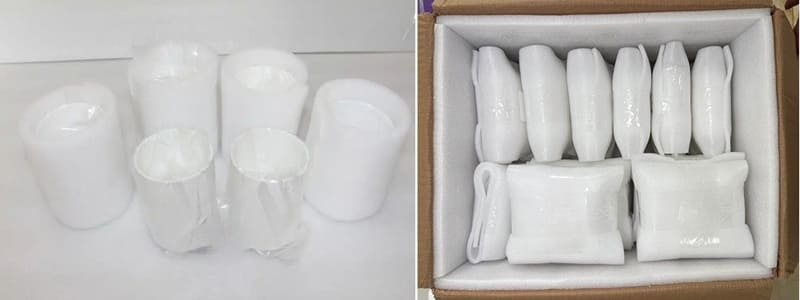
Download
Get A Quote
We will check and get back to you in 24 hours.

